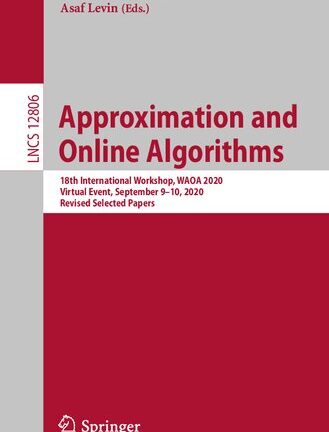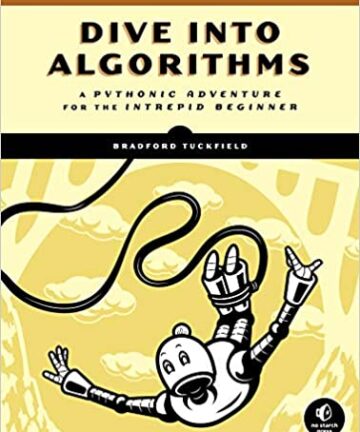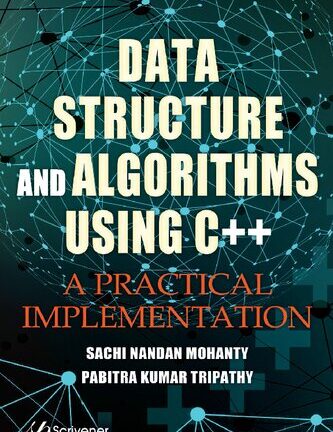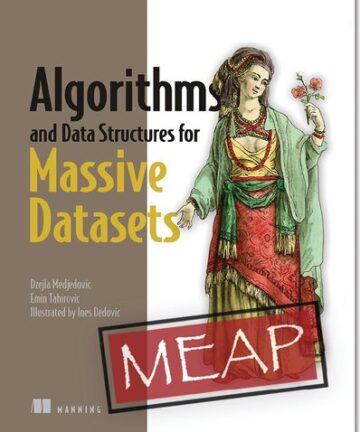Description
About the Technology
Programming languages often differ only around the edges—a few keywords, libraries, or platform choices. Haskell gives you an entirely new point of view. To the software pioneer Alan Kay, a change in perspective can be worth 80 IQ points and Haskellers agree on the dramatic benefits of thinking the Haskell way—thinking functionally, with type safety, mathematical certainty, and more. In this hands-on book, that’s exactly what you’ll learn to do.
About the Book
Get Programming with Haskell leads you through short lessons, examples, and exercises designed to make Haskell your own. It has crystal-clear illustrations and guided practice. You will write and test dozens of interesting programs and dive into custom Haskell modules. You will gain a new perspective on programming plus the practical ability to use Haskell in the everyday world. (The 80 IQ points: not guaranteed.)
What’s Inside
- Thinking in Haskell
- Functional programming basics
- Programming in types
- Real-world applications for Haskell
About the Reader
Written for readers who know one or more programming languages.
About the Author
Will Kurt currently works as a data scientist. He writes a blog at www.countbayesie.com, explaining data science to normal people.
Table of Contents
Lesson 1 Getting started with Haskell
Unit 1 – FOUNDATIONS OF FUNCTIONAL PROGRAMMING
Lesson 2 Functions and functional programming
Lesson 3 Lambda functions and lexical scope
Lesson 4 First-class functions
Lesson 5 Closures and partial application
Lesson 6 Lists
Lesson 7 Rules for recursion and pattern matching
Lesson 8 Writing recursive functions
Lesson 9 Higher-order functions
Lesson 10 Capstone: Functional object-oriented programming with robots!
Unit 2 – INTRODUCING TYPES
Lesson 11 Type basics
Lesson 12 Creating your own types
Lesson 13 Type classes
Lesson 14 Using type classes
Lesson 15 Capstone: Secret messages!
Unit 3 – PROGRAMMING IN TYPES
Lesson 16 Creating types with “and” and “or”
Lesson 17 Design by composition—Semigroups and Monoids
Lesson 18 Parameterized types
Lesson 19 The Maybe type: dealing with missing values
Lesson 20 Capstone: Time series
Unit 4 – IO IN HASKELL
Lesson 21 Hello World!—introducing IO types
Lesson 22 Interacting with the command line and lazy I/O
Lesson 23 Working with text and Unicode
Lesson 24 Working with files
Lesson 25 Working with binary data
Lesson 26 Capstone: Processing binary files and book data
Unit 5 – WORKING WITH TYPE IN A CONTEXT






Reviews
There are no reviews yet.